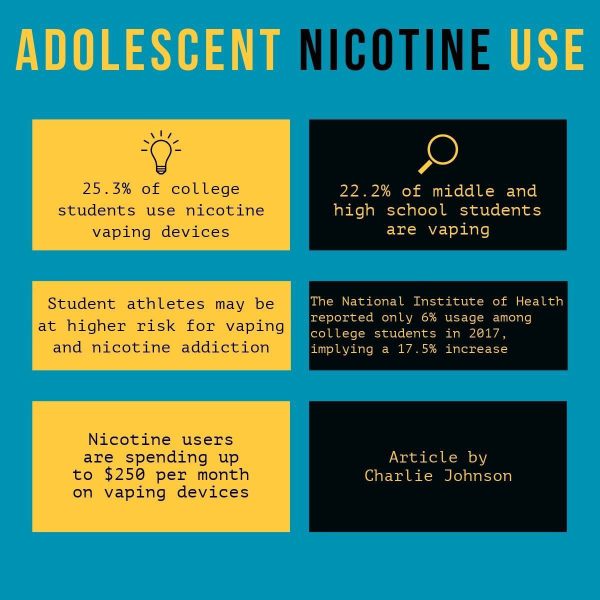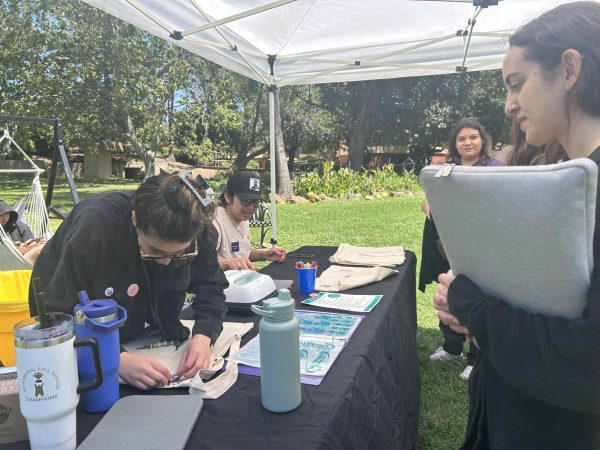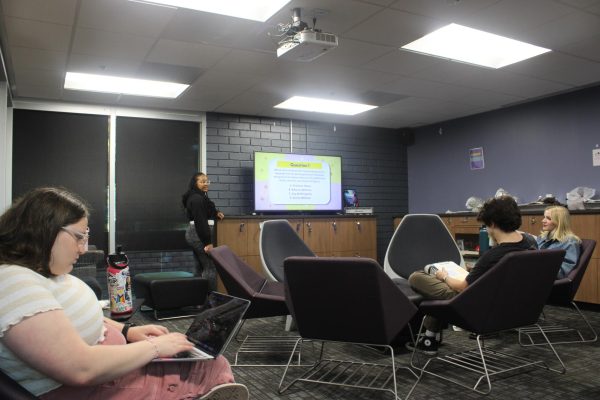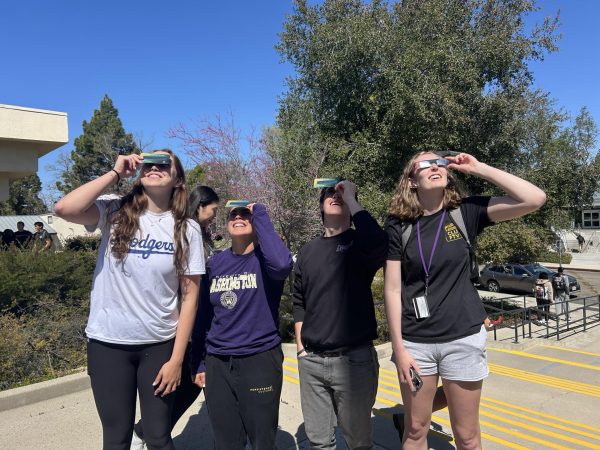California transitioning into “fire season”
October 22, 2019
While other states across the country are transitioning into the fall season, Southern California got its first taste of “fire season” within the past few weeks.
According to Time magazine, the state experienced the most “deadly and destructive wildfires in its history in 2017 and 2018,” and 2019 could be of a similar caliber.
On the evening of Oct. 10, the Saddleridge fire began in Sylmar, affecting Los Angeles and Ventura counties. The same night, another fire broke out in Newbury Park near the intersection of Wendy Drive and Potrero Road. Many Ventura County public schools closed on Friday, Oct. 11 due to power outages.
The California Lutheran University campus remained open, but according to a school-wide email the university would accommodate students and personnel affected by the fire. For student Melissa Tobey, the fire season is often an anxiety-filled time.
“The fires didn’t get to my house, but they got pretty close,” Tobey said. “I didn’t come to school on Friday because I didn’t want to leave in case we had to evacuate, which has happened before when I was younger and was really terrifying.”
The Saddleridge fire has been active for 11 days, reaching over 8,799 acres of land as of Oct. 21. According to the California Department of Forestry and Fire Protection, firefighters from Los Angeles County Fire Department and Los Angeles Fire Department are stationed at the fire working to contain it. As of Oct. 21 the fire is 89% contained.
While currently all evacuation orders have been lifted, the fire is not fully contained and nearby households should monitor the fire as the Santa Ana winds increase.
According to Cal Fire “before a wildfire strikes it’s important to get set.” Cal Fire recommends those close to fires to keep an emergency bag packed in case of evacuation and to have a “wildfire action plan” for your household.
In case of evacuation, Cal Fire recommends shutting all windows and doors but leaving them unlocked, leaving the lights on to help firefighters locate your house under smoke, having your car ready and packed with your belongings and carrying your keys at all times. Additionally, pets should be kept close by. Most importantly, if no evacuation warning has been made but you feel unsafe, leave.
It is also recommended households create specialized plans for small children or the elderly.










